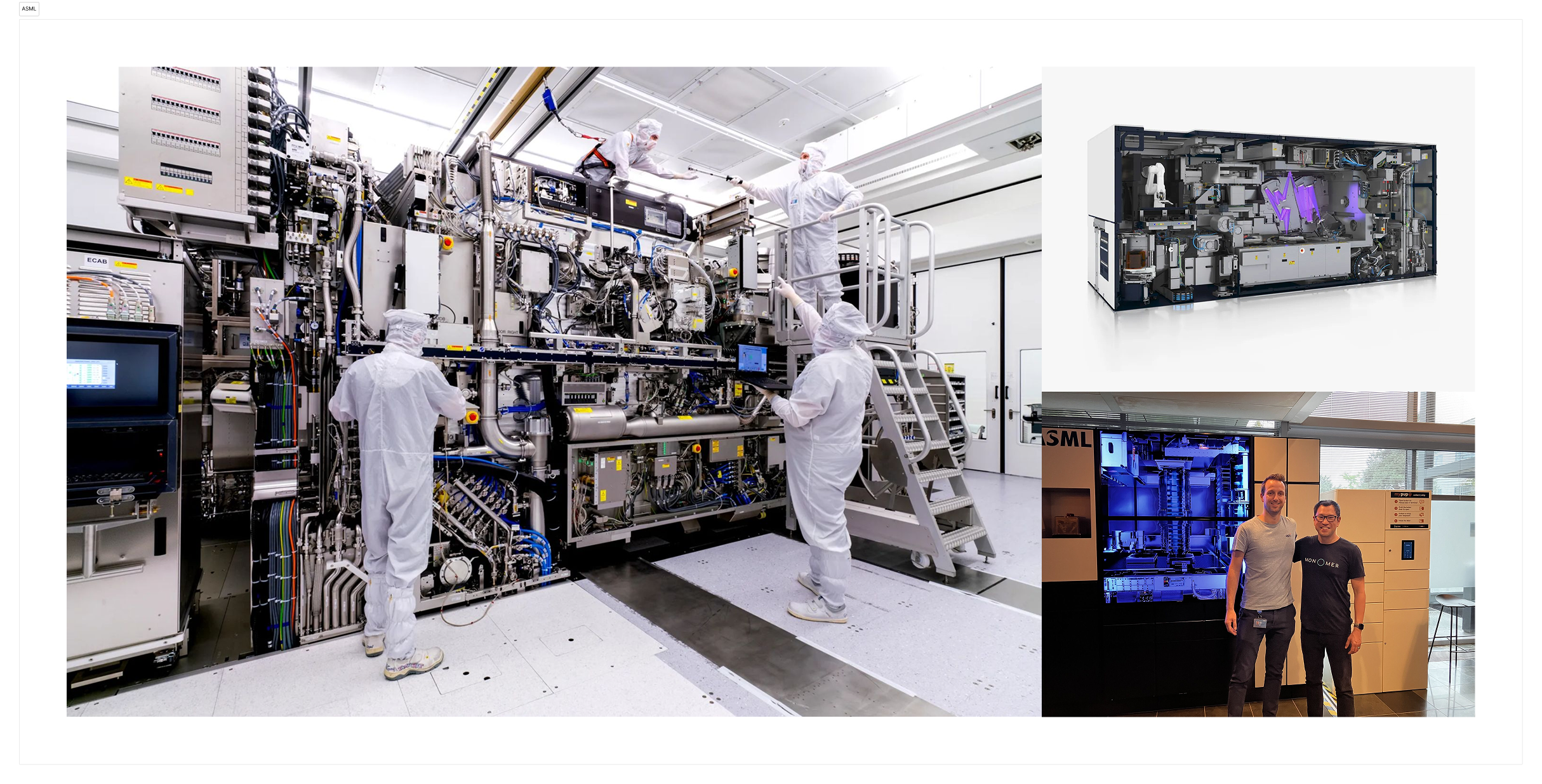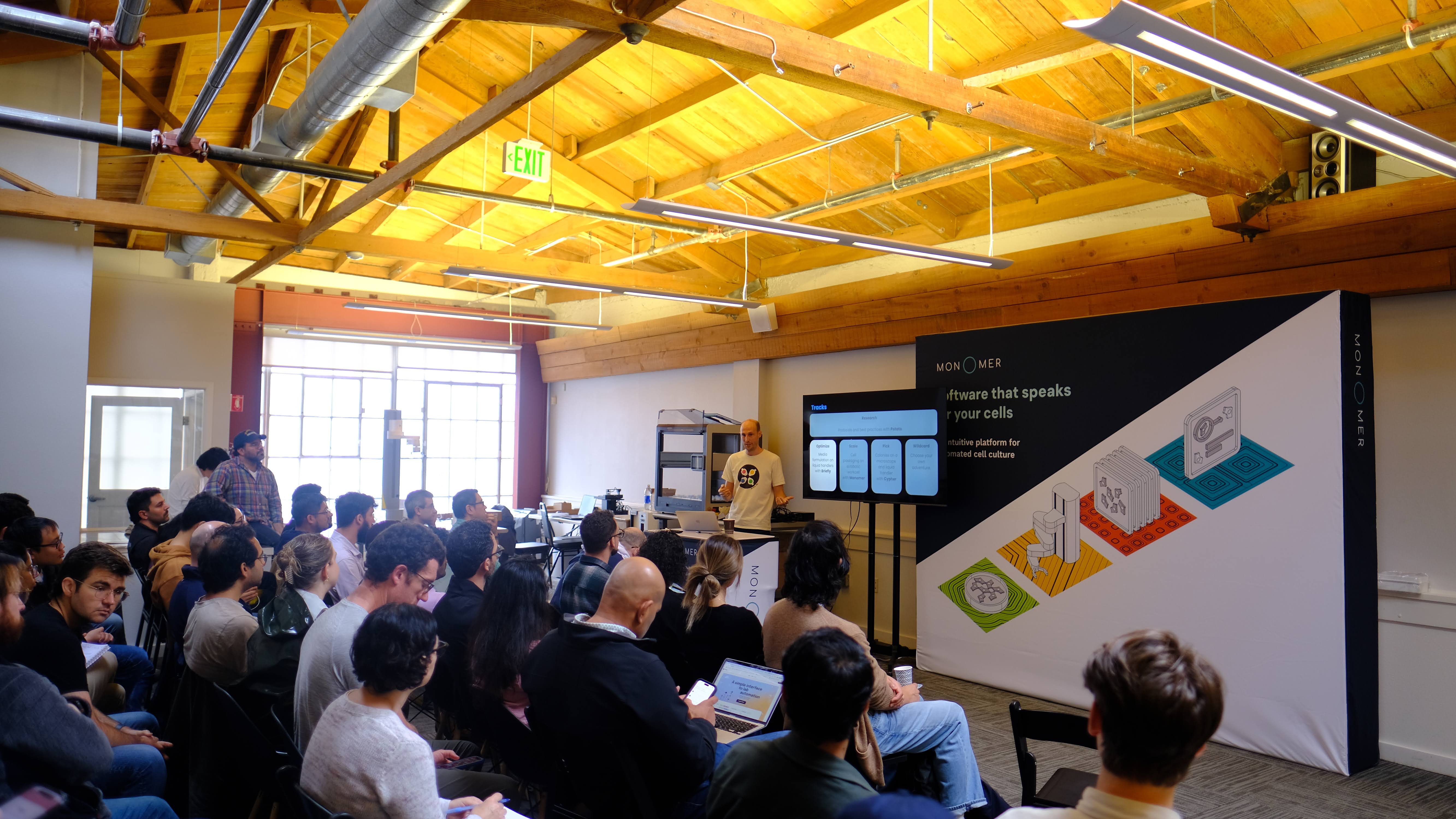Lessons learnt from ASML
Growing up, I learnt about semiconductor manufacturing through my dad. He led research at Philips when some of those technologies were spun out into a little company called ASML. Little did we know this would become world’s most advanced photolithography company. Today, ASML has a market cap of over $400 billion and is indispensable to manufacturing chips that power the world.
ASML’s success is built on three principles that are just as relevant to biotechnology today as they were to semiconductor manufacturing decades ago.
- System Integration Focus. ASML did not try to build every component in-house. Instead, they mastered system integration, combining optics, light sources, and precision motion control from partners like Zeiss and Cymer into one synchronized machine. Their value lies in managing trade-offs across precision, throughput, and cost, making every subsystem perform in harmony.
- Collaborative Partnerships. ASML’s vendor relationships are built on trust and transparency, not penalties. Debugging a lithography system can involve anything from identifying mechanical drift to contamination from paint fumes or cows from nearby farms. Solving such problems requires collaboration among ASML, component suppliers, and chipmakers. Everyone’s success depends on everyone else playing their part.
- Bold Innovation. ASML started as an underdog to Nikon and Canon with their future uncertain. By betting early on both larger wafer formats and nanometer-scale positioning accuracy, they leapt ahead technologically. Continued investment in speed, resolution, and reliability led to EUV lithography, the foundation of modern semiconductor production.

From Manufacturing Chips to Living Cells
At Monomer Bio, we are applying the same systems integration philosophy to the wet lab. Where ASML’s machines manipulate photons and silicon, our workcells orchestrate robots, microscopes, and living cells into a coherent, automated box growing complex tissues.
Our mission is to make cell culture automation as reliable, scalable, and data-rich as semiconductor manufacturing. Monomer Bio’s Platform is built on three pillars.
- Reliable, scalable cell culture. Scientists use Monomer Bio to grow cells consistently and at scale using off-the-shelf instruments integrated into our robotic workcells. Experiments can be managed remotely or through semi-automated workflows.
- Automatic, comprehensive data capture. Beyond instrument outputs, our software logs process metadata such as media formulations, growth parameters, and every annotation or decision, creating a complete digital record.
- High-quality insights in real time. By linking experiment control and data analysis, our platform delivers immediate feedback to optimize protocols and reduce biological variability.
To date, we have deployed over half a dozen robotic workcells globally and successfully grown more than a dozen different complex tissue types.

Building the Ecosystem
It took over a century to evolve from the Model T to self-driving cars. In drug discovery, we cannot afford to wait that long. While companies like Recursion have shown the power of AI-driven biology, the industry still faces rising R&D costs and stagnant productivity.
Progress depends on collaboration across the stack. Monomer Bio partners with:
- Instrument makers to automate microplate and flask-based culture, lower cost, and improve sterility.
- AI companies to train foundation models for intelligent experimentation.
Each layer and interface matters. In a self-driving lab, one loose faulty connector or mis-tuned liquid-handling parameter can stop the entire system. Attention to detail, and collaboration between all of us, is what leads to success.
Seeking Partners
Monomer Bio is building the software layer that connects various systems. If you are developing instrumentation or AI for biology, we would like to partner with you. From chips to cells, let’s build the self-driving lab together.
Please reach out to us at hello@monomerbio.com
More to announce soon.




